iPhone 11 Pro Camera
How good is the iPhone 11 Pro camera? Triple lens setup, including the first time an iPhone has used an ultra-wide angle lens Standard and telephoto length the same as iPhone XS Software improvements as well as hardware improvements – new features include Night Mode, the latest Smart HDR and upgrades to Portrait mode Same […]
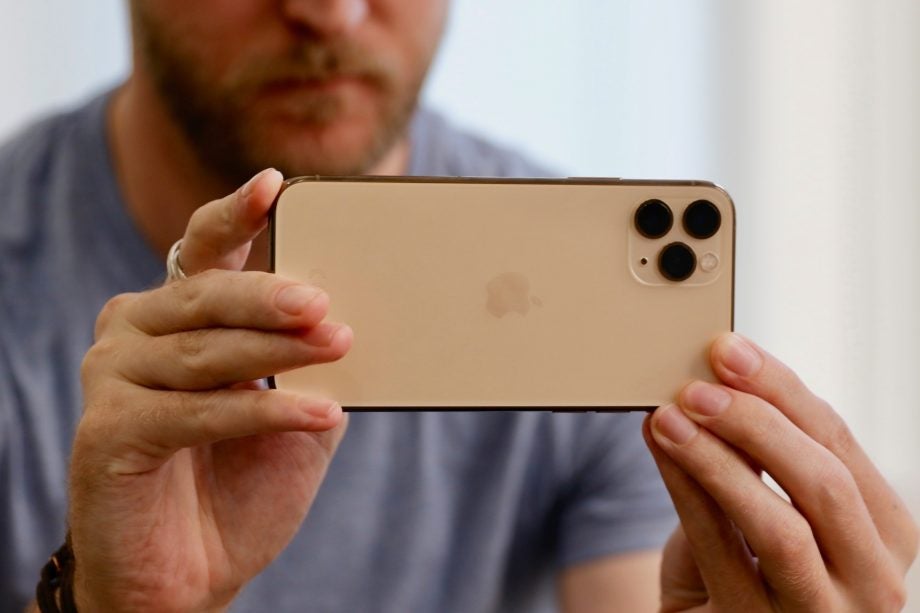
Sections
- Page 1 iPhone 11 Pro Review
- Page 2 iPhone 11 Pro Camera Review
- Page 3 iPhone 11 Pro Battery Life Review
- Page 4 iPhone 11 Pro Performance Review
Verdict
How good is the iPhone 11 Pro camera?
- Triple lens setup, including the first time an iPhone has used an ultra-wide angle lens
- Standard and telephoto length the same as iPhone XS
- Software improvements as well as hardware improvements – new features include Night Mode, the latest Smart HDR and upgrades to Portrait mode
- Same camera setup as the iPhone 11 Pro Max, while the ultra-wide and standard lens is the same on the cheaper iPhone 11
Apple has equipped all of its iPhone 11 range with very similar camera setups. If you decide to go for the more expensive iPhone 11 Pro, you’ll be treated to three lenses which, for the first time in an Apple device, includes an ultra-wide angle lens (13mm equivalent, f/2.4). You’ll also get a standard lens (26mm, f/1.8) and a 2x telephoto lens (52mm, with an improved maximum aperture of f/2.0). Only the 2x telephoto lens is not found on the cheaper iPhone 11, so if you’re hoping to save a bit of cash, make sure you check out our iPhone 11 review.
All three of the iPhone 11 Pro’s cameras have a 12-megapixel sensor. We don’t know exactly what dimensions the device is using for its sensors, since Apple doesn’t like to share that information – but it’s likely that the standard lens has the largest sensor. Both the standard and telephoto lens feature optical image stabilisation, but the super wide-angle does not.
Given that some other manufacturers on the market have recently introduced 48-megapixel phone sensors, the 12-megapixel offerings of the iPhone 11 Pro might sound a little bit reserved. However, with fewer pixels on the sensor, low-light shooting is likely to be very good – which is probably more important than having super high resolution to work with, from a phone anyway.
As for software updates, there have been some interesting new features added for the iPhone 11 range. Night mode is something we’ve been waiting for what feels like a very long time to see on an iPhone, so it’s good to finally have it. Competing directly with phones such as the Huawei P30 Pro and the Google Pixel 3, the iPhone 11 Pro’s version is an automatic mode which appears when the phone detects low light levels.
The mode works by shooting a number of short exposures then blending them together to produce a finished image which gives the impression of a long exposure. The iPhone 11 Pro will decide for itself how many seconds to shoot for, but you can use a slider to take control of it, while attaching the phone to a tripod will see the mode jump to the maximum number of seconds.
Overall, Night mode puts in an excellent performance which is just about on par with those we’ve seen elsewhere. On occasion the results can be a little on the over-sharpened side, taking away a little realism, but they look great on the iPhone 11 Pro’s stellar screen. On very close inspection, it appears that the Huawei P30 Pro does a slightly better job of retaining detail, but the iPhone shots will certainly pass muster on Instagram and the likes.
Portrait mode is by no means new for the iPhone 11 Pro range, but there have been some improvements made under-the-hood with how it recognises non-human subjects. The obvious candidate for the treatment is pets and animals, but it should also give a little bit of a boost to still life subjects too. In practice the results are fairly impressive. You might notice something looks a little off if you zoom in closely, but otherwise, for social sharing, you can pretend you’re toting a “proper” camera with relative ease.
Other than the standard and Portrait mode, the iPhone 11 Pro native camera app retains the simplicity that Apple devices have become known for. While this means that enthusiasts may be left wanting when it comes to flexibility, it means using it is very straightforward – essentially it’s just snap and go.
One of the most genuinely useful new features of the iPhone 11 Pro makes use of the wide and super-wide cameras to help with composition when shooting with either the wide or telephoto lens. You can now see what’s happening outside of the frame, which is very useful for waiting for the opportune moment, deciding that a wider angle might be a better idea or reframing your composition altogether. Further to that, you can also elect to enable “Capture Outside the Frame” in the main menu. Here, two images will be simultaneously recorded, allowing you to adjust the composition and/or wonky horizons without losing resolutions. However, you’ll need to be happy with shooting in the less compatible HEIF format, rather than JPEG, while those simultaneous images will be deleted if not used within 30 days.
Deep Fusion was one of the key headline features of the iPhone 11 keynote, but it’s not available yet (Apple has just released this in beta form). When it arrives it promises to use “computational photography mad science”, or artificial intelligence, to deliver particularly impressive low-light modes (it’ll probably be very similar to Google’s Night Sight mode). We’ll update the review when it’s released to see what it can deliver.
In the meantime, one thing we do have is an improved Smart HDR system. On the whole, this works well to produce balanced images which have a good dynamic range. If you want to turn it off, you can do so via the main menu, but as the iPhone 11 Pro seems to get things right in most situations, I’m happy to trust it.
For everyday shots, the iPhone 11 Pro delivers excellent images across a broad range of different subjects. Detail is great while colours are vibrant and well-saturated, and, crucially, they’re consistent. I’ve spent a lot of time shooting with triple-lens smartphones over the past couple of years, and the iPhone 11 Pro is by far the best example of faithful reproduction of colours across its different cameras and sensors – that’s particularly important for video recording.
Apple made a big point of highlighting just how good the video capabilities of the iPhone 11 series are – in fact, it says it’s the best video on a smartphone ever. There’s up to 4K at 60fps available, across all three cameras. It’s not great that you have to delve into the main menu to choose between different resolutions and frame rates, rather than having a setting directly in the native camera app itself, but it’s not a huge problem.
The quality of the video it produces is great – with plenty of detail and smoothness provided thanks to OIS. Flipping between the different lenses while you’re recording shows just how consistent the output is and is particularly impressive. Add on the fact that you can now perform a range of advanced edits directly in the phone itself, and the iPhone 11 Pro is the obvious phone of choice for vloggers and video lovers.
Selfie-lovers will also find a lot to like about the iPhone 11 Pro’s front-facing camera. You can activate Portrait Mode to blur the background, and although close-inspection reveals a little too much over-sharpening on a computer screen, the iPhone 11 Pro display, and indeed your Instagram feed, are all the better for it. You can also take standard selfies without blurring the background, if you want to fully show off whatever it is you’re standing in front of. Here the sharpening isn’t quite so intense, so it’s a little more flattering.
With the iPhone 11 Pro, Apple has certainly delivered its best-ever image quality. If you don’t think you’ll need the 2x telephoto lens, then you’ll be pretty much equally served by the cheaper iPhone 11, so that’s something to consider. Overall, the iPhone 11 Pro delivers image quality which stacks up impressively well against others on the market – but you pay a hefty price for it. If you’re not an Apple devotee and are happy to consider Android instead, the Huawei P30 Pro gives you something very similar in terms of image quality for a significant cost saving (and greater flexibility).
See below for loads of photo and video samples
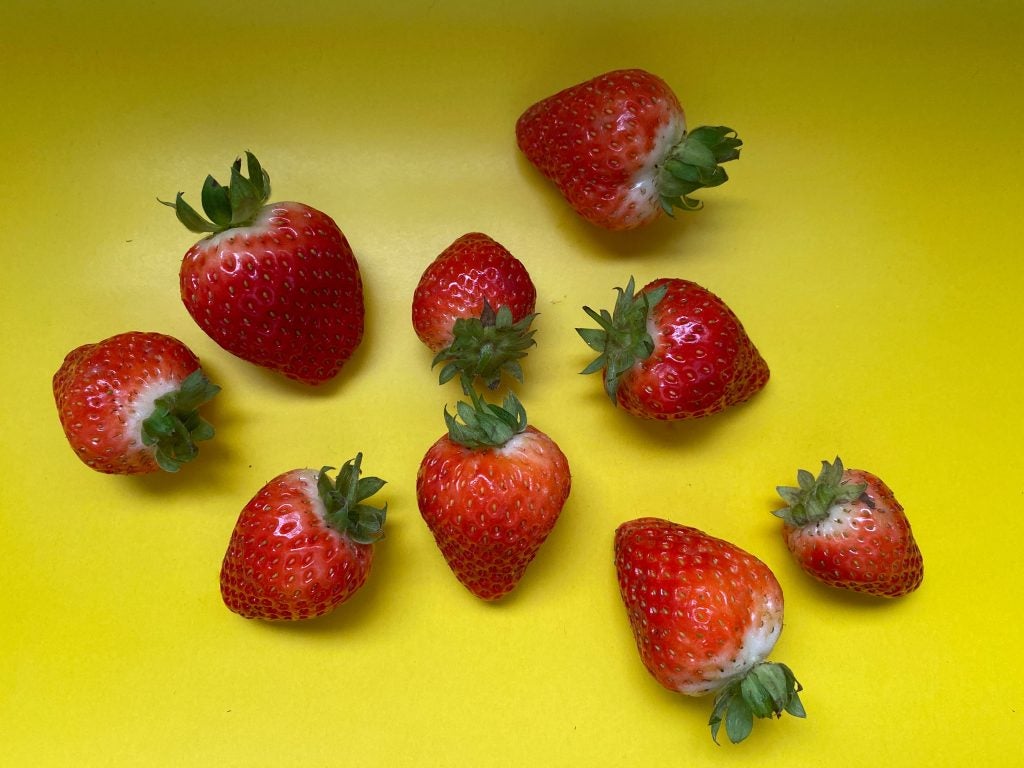
Colours directly from the iPhone 11 Pro’s camera display a pleasing level of warmth and saturation

Images from the ultra-wide angle lens are relatively undistorted, while presenting the same colours as the other two lenses. It’s very useful for landscapes and architectural photography.

The overall look of images is that of well-balanced exposures with accurate colours.
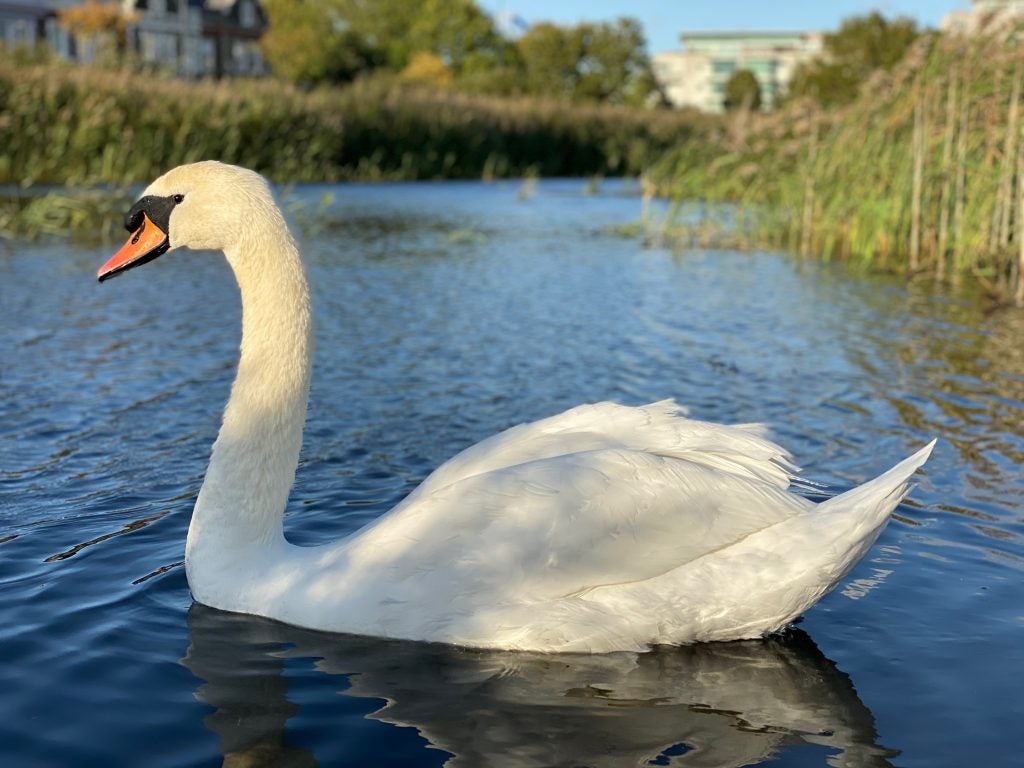
Portrait mode has had some algorithmic tweaking to make it better at dealing with the outlines of non-human subjects. Here we can see it’s done a pretty decent job of blurring the background of this swan.
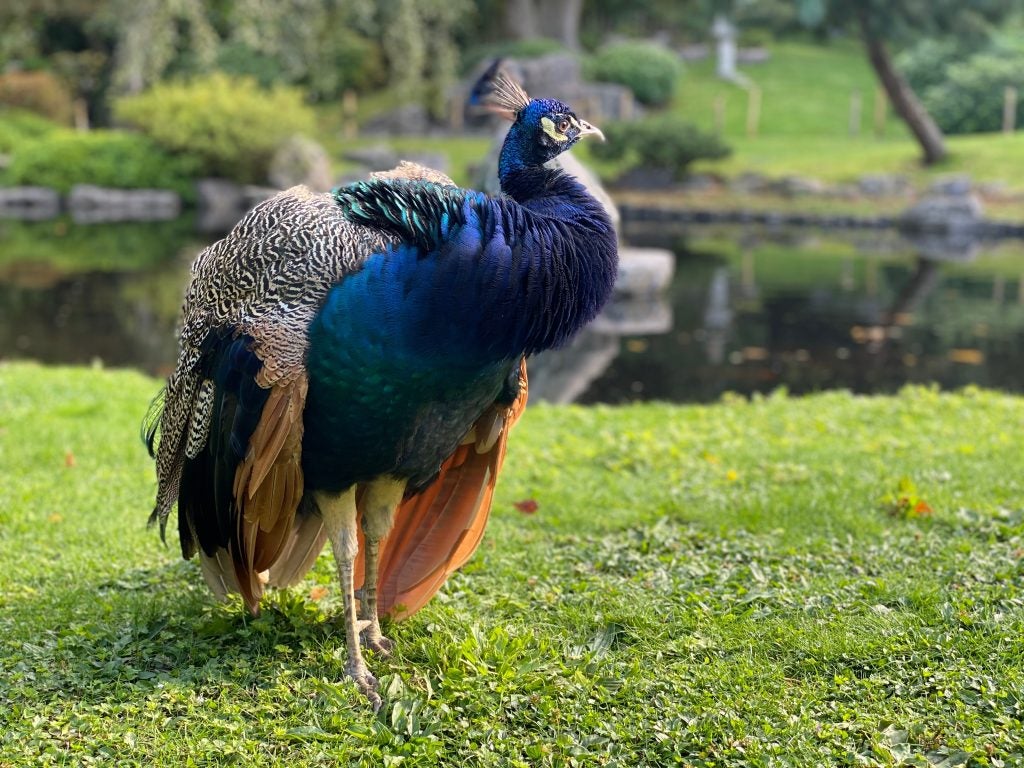
In this image of a peacock, the outline was a bit more complicated, so the iPhone 11 Pro struggled a little more.

Night mode is an option which activates automatically when the phone detects limited light. It does a very good job, but there is some detail missing if you examine closely.

The iPhone 11 Pro has a 2x telephoto lens. Compared to the iPhone XS, it now has a wider f/2.0 aperture which makes it better for low light. It’s also something that the iPhone 11 doesn’t have.

Being able to see what’s happening on the outer edges of the frame can help when lining up a composition.

There’s a good amount of detail present in the iPhone 11 Pro’s shots – especially from the main (1x lens) sensor.
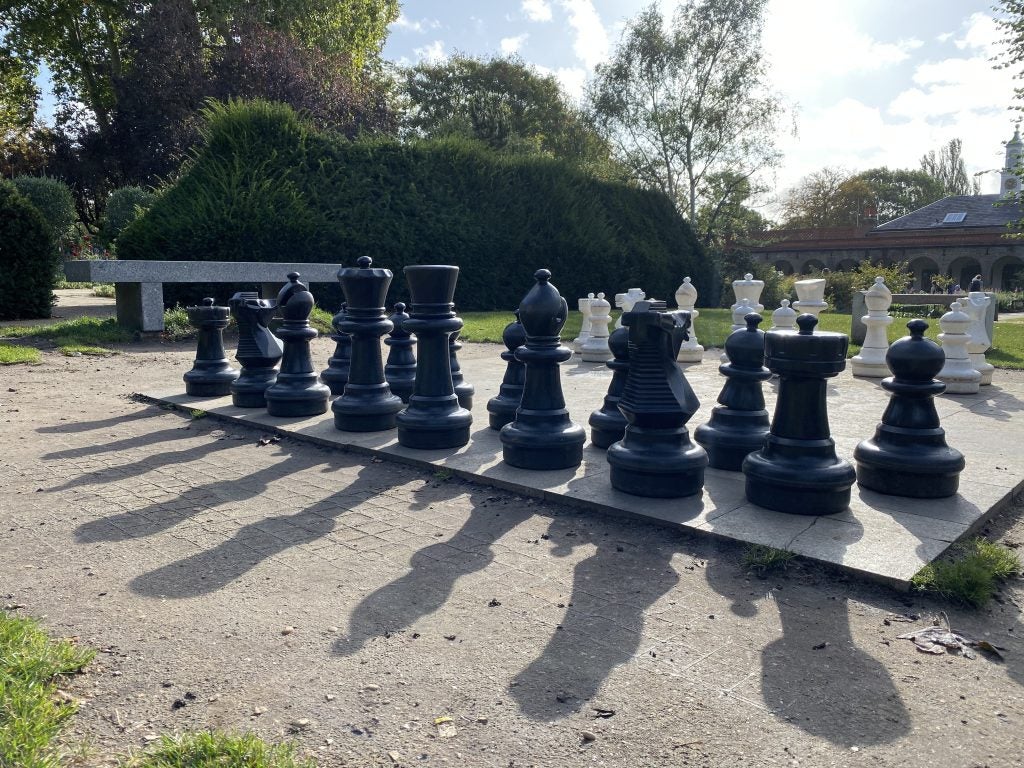
Smart HDR generally does a good job of recognising the scene to produce images with good dynamic range in a variety of conditions.

You can activate Portrait mode when using the front-facing camera to produce blurred backgrounds. The subject can be a little over sharpened though.

Alternatively you can choose to leave the background unblurred, to highlight whatever it is you’re standing in front of.

